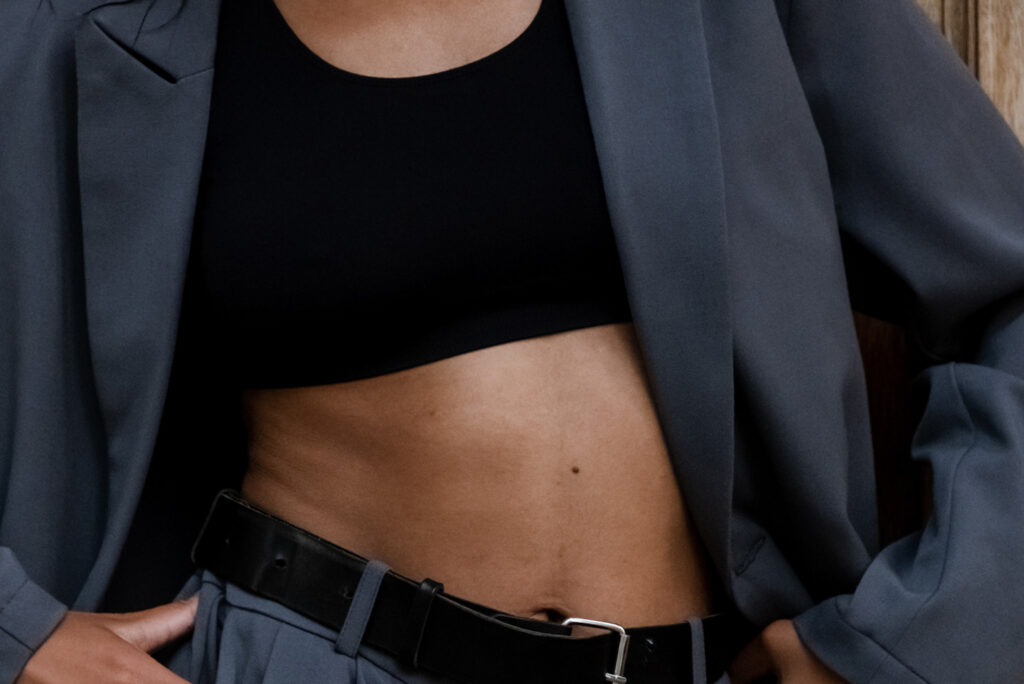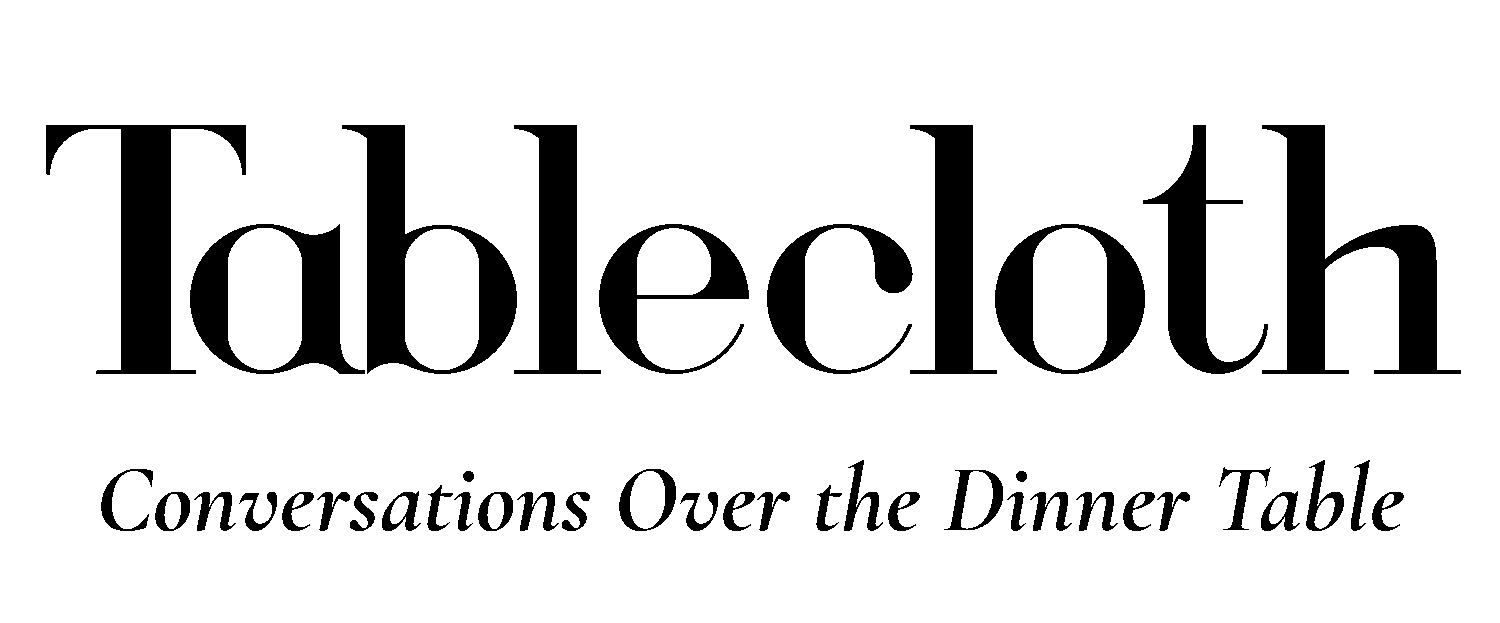The loss of individuality is a collateral damage of the onslaught of micro-trends subsumed by the supersonic speed of social media. Could the concept of the classic rekindle our sense of personal style?

Who are you today? A frazzled English woman with a penchant for chunky knits and skinny scarves; a ballerina who doesn’t actually do ballet; or perhaps a Tumblr user resurrecting indie sleaze in the spirit of Gen Z? Thanks to the behemoth that TikTok is, another day means another algorithm-influenced identity.
Lately, a five-minute scroll on the app has felt like a never-ending stream of micro-trends. Sure, they act as vessels for self-expression that older generations rarely afforded. But what happens when those vessels capsize in the high tide of ‘trendcore’?
The conventional life cycle of a fashion trend consists of five stages: introduction, rise, acceptance, decline and obsolescence. “Traditionally, trends would have come from catwalks. That was a trickle-down effect,” said Sophie Benson, a freelance fashion journalist and sustainability columnist at Dazed. “Now, most trends will come from subcultures, music or influencers. It’s more of a trickle-up situation these days.”
When subsumed by the supersonic speed of social media, fashion wavers between ‘rise’ and ‘obsolescence’ like an indecisive toddler at a sweet shop. A cycle that once lasted up to twenty years now elapses faster than a free trial to Amazon Prime, leaving a messy amalgam of micro-trends in its trail. After all, it only takes the suffix ‘-core’ to catapult clowns, goblins and even your grandmother into fully-fledged fashion icons.
At the heart of micro-trends is consumption. Not the kind that is slow and contemplative, but the kind that is as impulsive and as impatient as the trend itself. “Before, the desire for newness would be satisfied once a month, if we were shopping online or going to the shop,” Sophie explains. “We weren’t doing it all the time because there wasn’t any point; they didn’t constantly have new stock. Now, we can satisfy that urge every single day. […] You can go into shops and look at new stock. You can go on social media and you can click on a link.”
The changing fashion system, when coupled with the digital hellscape, imprisons us in a perpetual state of stimulation. Could classic fashion and the capsule wardrobes intrinsic to it be the emergency exit?
Simple silhouettes and greige colour palettes: low-risk looks are a change of pace from the high-octane outfits preferred by the quick-cut algorithm. They are in equal parts a stereotype and an insignia of sustainability. In that case, why situate the classics within the black-and-white confines of office wear-type ensembles? Must we trade our butterfly corsets and New Balance 550s for black blazers and Brigitte Bardot-approved trench coats?
“There are pieces that are always going to be relevant,” Sophie said. “But I would hope that people think that they can [wear] them in a creative way, rather than thinking that it has to be that neutral, beige capsule collection, which has come to almost define sustainability. In some ways, that’s what puts people off.” It’s unlikely that overconsumption – whether that be of clothing or Instagram posts – will be subdued by yet another sub-genre of fashion.

Even the common classicist isn’t safe from being christened by TikTok: think the normcore and clean girl aesthetics. For Sophie, “cowboy boots are a classic. They’re not necessarily the same classic as a trench coat, but they’re something I wear all the time; they’re something I referenced and loved in street style since I was a teenager; they’re something I can see myself wearing when I’m older.”
Transgressing the arbitrary rules of fashion, classics are expressions of personal style that can’t be pinned to a season, silhouette or hue. Unfortunately, but unsurprisingly, they are overlooked in pursuit of likes, followers and Bella Hadid’s wardrobe. It’s no wonder, then, that we struggle to make sense of our corresponding cowboy boots.
“The perceived need to represent ourselves in a new way every day is something that didn’t exist before,” said Sabine Lettmann, a sustainable fashion designer and senior lecturer at the Institute of Jewellery, Fashion and Textiles of Birmingham City University. “There’s a massive value change happening in society, and I really hope that [we go] back to listening to who we really are.”
Rather, she pleads for personality over conformity. “The biggest challenge is developing the confidence to wear something that you like, no matter what the outer world might suggest. Building confidence happens by selecting garments in a more mindful way, so you don’t fall for something that appears to be a brief trend.”
Introspection offers relief from the ritual of scrolling, buying and discarding. “Take a practical approach to arriving at what you think your personal style is without having to buy things,” Sophie suggests, adding that it’s best to borrow from a friend before committing to tapping your card.
From clothing to pop culture moments to media products, the reference points we repeatedly turn to, regardless of what’s trending, are tell-tale signs of personal style. “Have you always liked a particular style of music? Have you always been drawn to a particular decade? Is there someone whose style you’ve always admired?” Your answers to these questions are classics in the making.
In a similar vein, prioritising durability puts fast-fashion and its temperamental tendencies out of the picture. Take it from Sophie, “when you’re talking about micro-trends, they’re often made quickly. They haven’t been sampled, fitted and produced to particularly high standards. So, immediately, just looking for good materials will probably take micro-trends away as an option to begin with. They haven’t been through the rigorous process that’s necessary for quality garments.”
When we shop, we see a dose of dopamine instead of manipulative schemes and mountainous waste – 92 million tonnes to be exact. Over a quarter (26 percent) of the average wardrobe is unused in the UK alone, a 2021 report by the climate action NGO WRAP found. Yet, we inadvertently flip the script on overconsumption en route to personal style.
While impulse buys are sent to landfill, classics rejoice from the comfort of our closets. Think of them as your best friend – the constant in life’s ups and downs; the stalwart you turn to at a time of need; the one you would never dare abandon.
All images, Ⓒ pexels.
